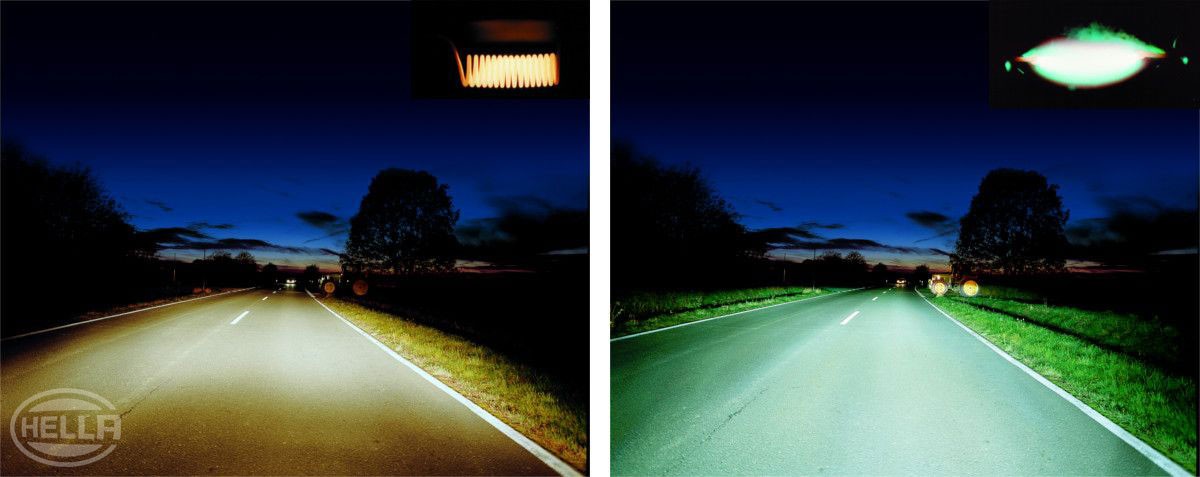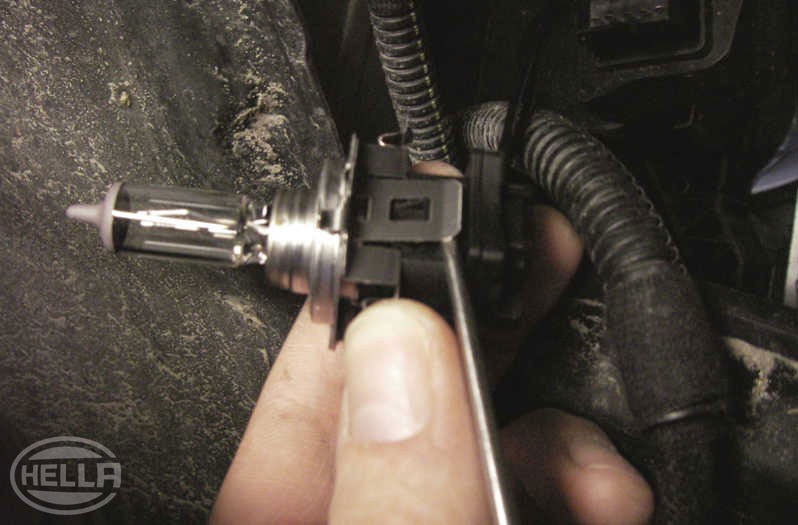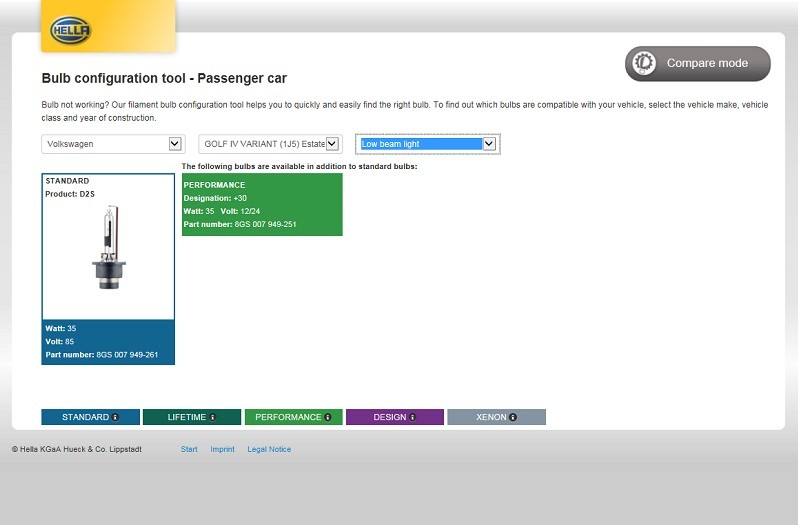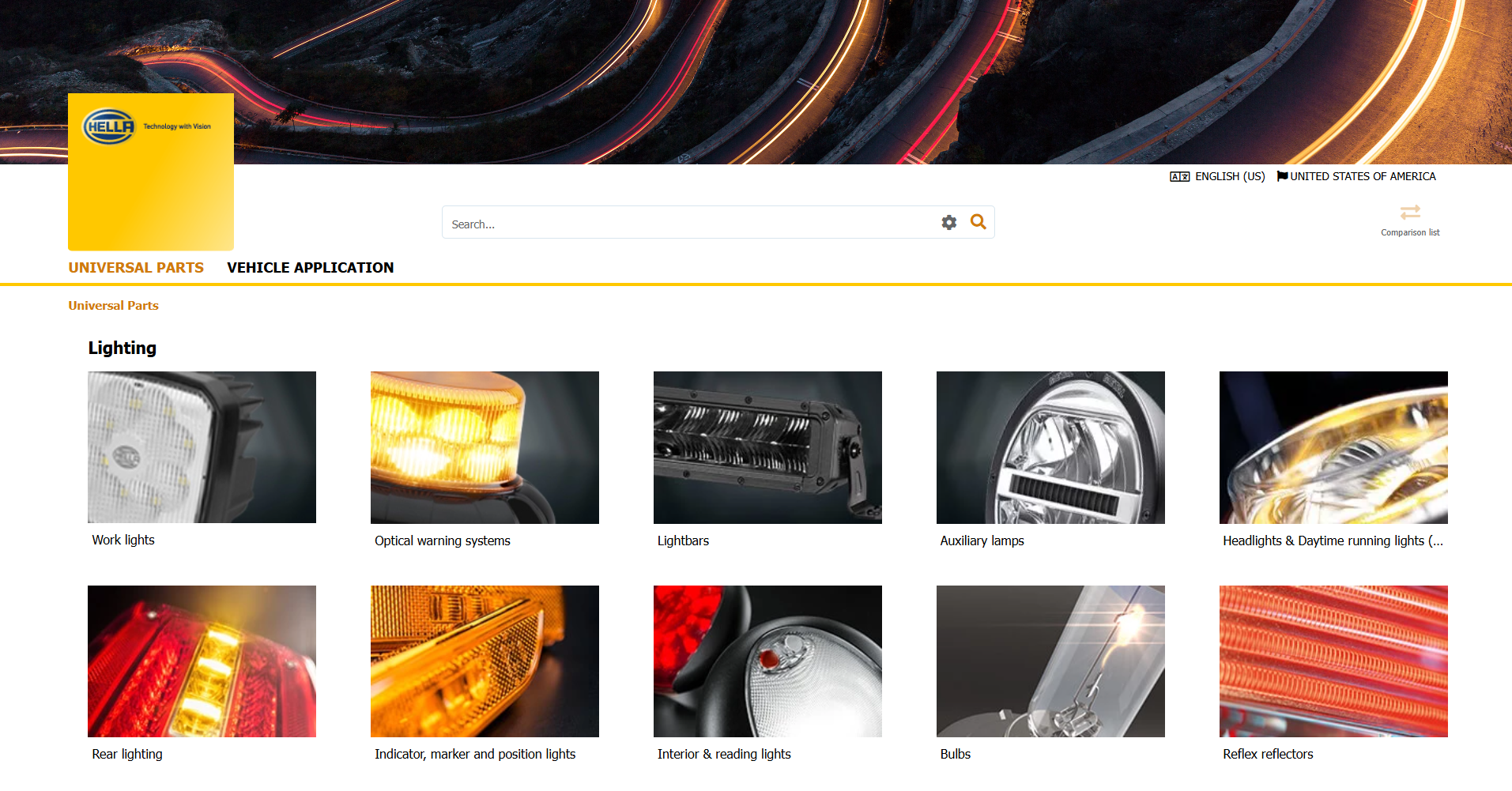Basic principles of car lighting technology
Lighting technology plays a very important role in motor vehicles with regard to the safety of vehicle occupants and that of other road users. On this page, we will explain to you the basic principles of automotive lighting technology and show you the design and function of the most common light sources. You will also find the causes for failure of light sources, as well as practical tips for their replacement.
Important safety note
The following technical information and practical tips have been compiled by HELLA in order to provide professional support to vehicle workshops in their day-to-day work. The information provided on this website is intended for suitably qualified personnel only.
- 1. Basic principles
- 2. Overview
- 3. Comparison
- 4. Practical tips
- 5. Parts identification
Vehicle lighting technology variables
Below you will find a summary of the most important basic terms in lighting technology and the respective units of measure for the evaluation of the properties of bulbs and lamps:
Luminous efficiency ŋ
Unit: lumen per watt [lm/W]
Luminous efficiency h specifies the rate of efficiency with which the consumed electrical power is transformed into light.
Colour temperature K
Unit: Kelvin [K]
Kelvin is the unit for colour temperature. The higher the temperature of a light source, the greater the proportion of blue and the lower the proportion of red is in the colour spectrum.
A bulb with warm white light has a colour temperature of approx. 2700 K. However, at 4250 K, a gas discharge lamp (D2S) has a cool white light that is more similar to daylight (approx. 5600 K).
Light sources
Light sources are thermal radiators that produce light through thermal energy. This means the more strongly a light source is heated up, the higher its luminous intensity will be.
The low efficiency of the thermal radiator (8 % light radiation) only allows a relatively low luminous efficiency in comparison with gas discharge lamps (28 % light radiation). In recent years, LEDs have been used more and more as the light source in motor vehicles.
There are two different types of halogen bulb available. The types H1, H3, H7, H9, H11 and HB3 only have one filament. They are used for low beam and high beam. The H4 bulb has two filaments, one for low beam and one for high beam.
The filament for low beam is fitted with a cover cap. This has the task of covering the dazzling share of the light and producing the cut-off line.
H1+30/50/90 and H4+30/50/90 are advanced developments of conventional H1 or H4 bulbs with an inert gas filling.
Advantages/differences of halogen bulbs compared with standard bulbs
- Filament thinner
- Can be operated at higher temperatures
- Higher luminance, up to 30/50/90% more between
- 50 and 100 meters in front of the vehicle and a range of illumination increased by up to 20 meters
- More driving safety at night and in adverse weather conditions
H7 bulbs have a higher luminance, lower power consumption, and better light quality in comparison to H1 bulbs. These are also available as H7+30/50/90.
Comparison between filament (halogen) / light arc gas discharge lamp (xenon)

| Halogen bulb (H7) | Gas discharge lamp | |
| Light source | Filament | Light arc |
| Luminance | 1450 cd/m2 | 3000 cd/m2 |
| Power | 55 W | 35 W |
| Energy balance | 8 % light radiation 92 % heat radiation | 28 % light radiation 58 % heat radiation 14 % UV radiation |
| Service life | approx. 500 h | 2500 h |
| Vibration-proof | to a certain extent | yes |
| Ignition voltage | no | yes 23,000 V (3rd generation) |
| Electronic control | no | yes |
Factors that influence a vehicle interior light source
Despite regeneration within the bulb, the tungsten wire gradually becomes worn, thus limiting the service life.
Positive factors of influence
- Filling pressure
- Filling gas
The service life and the luminous efficiency depend to a large extent on the existing supply voltage, among other factors.
As a rule of thumb it can be said: If the supply voltage of a light is increased by 5%, the luminous flux increases by 20% but at the same time the service life is cut by half.
Lighting technology tips - light sources
Bulb configuration tool - passenger cars
How helpful is this article for you?
Success
Success
Success
Success
Error
Please tell us what you did not like.
Thank you for your feedback!
Wrong Captcha
Something went wrong
You might also be interested in
















